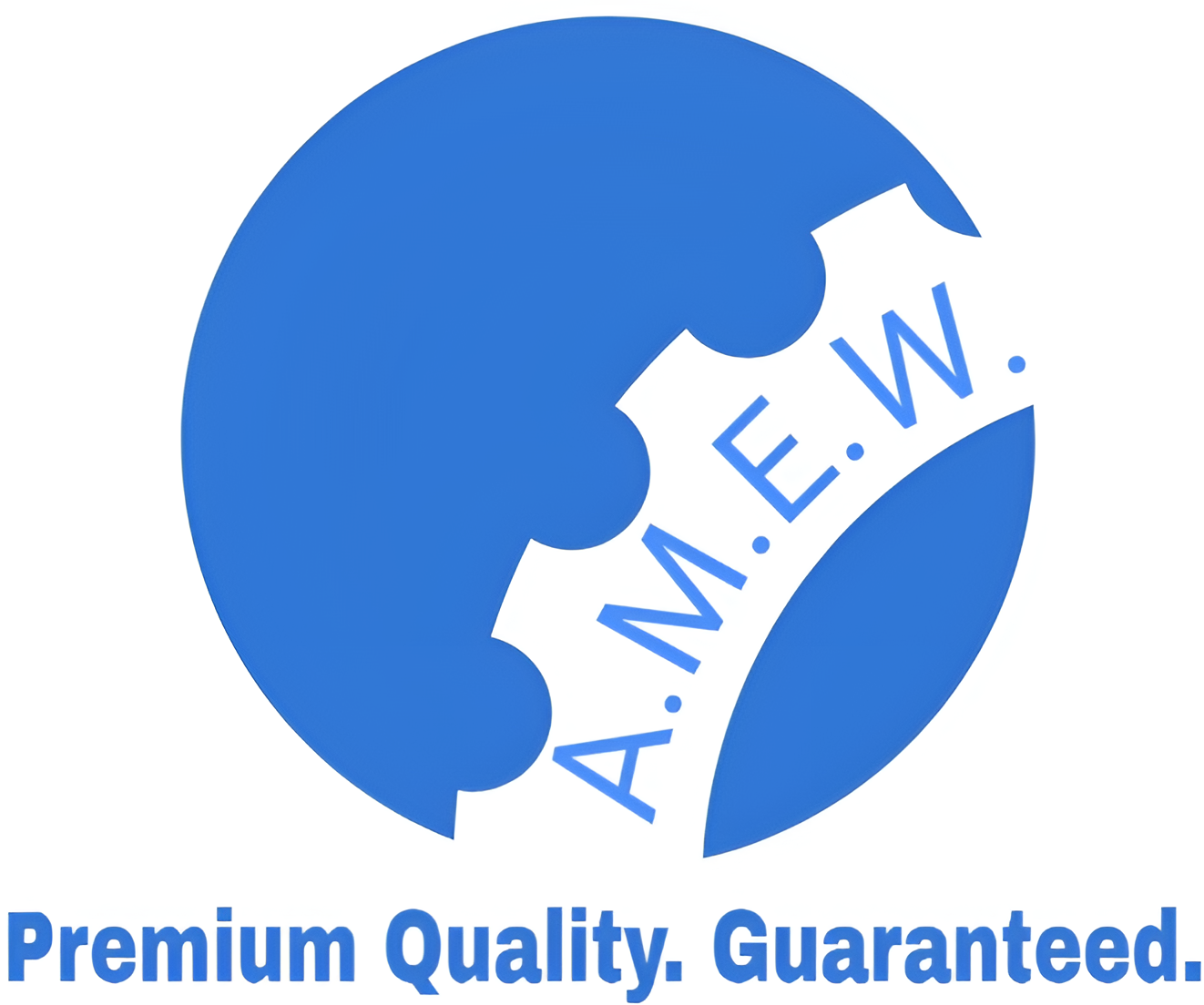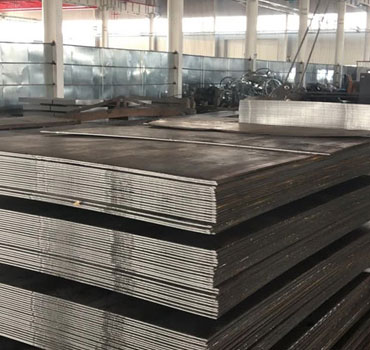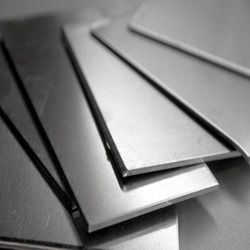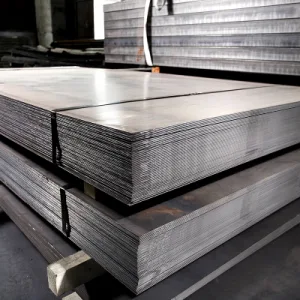Description
S355JO Structural Steel & Steel Plate
Table of Contents
- Introduction to S355JO Structural Steel
- Chemical Composition of S355JO Steel
- Mechanical Properties of S355JO Steel
- Yield Strength
- Tensile Strength
- Elongation
- Impact Resistance (JO designation)
- Manufacturing and Processing of S355JO Steel Plates
- Hot Rolling Process
- Heat Treatment
- Standards and Compliance for S355JO Steel
- EN 10025-2 Standard
- International Standards and Equivalents
- S355JO Steel Plate Grades
- S355JO vs. S355JR vs. S355J2 vs. S355K2
- Applications of S355JO Structural Steel
- Building and Construction
- Infrastructure (Bridges, Railways)
- Offshore and Marine Structures
- Heavy Machinery and Equipment
- Weldability and Formability of S355JO
- Comparison with Other Structural Steel Grades
- S355JO vs. S275JO
- S355JO vs. S355J0 vs. S355NL
- Conclusion: Why Choose S355JO for Your Project?
1. Introduction to S355JO Structural Steel
S355JO is a medium-strength, low-carbon structural steel grade widely used in engineering and construction. It is part of the EN 10025-2 standard, which covers non-alloy structural steels for general applications. The “S” stands for structural steel, and 355 refers to the minimum yield strength of 355 MPa. The “JO” designation indicates that the steel has passed an impact test at 0°C, ensuring it has good toughness at moderately cold temperatures.
S355JO is prized for its combination of strength, toughness, and weldability, making it suitable for a variety of structural and load-bearing applications in construction, infrastructure, and machinery.
2. Chemical Composition of S355JO Steel
The chemical composition of S355JO provides the balance between strength, toughness, and weldability that makes this steel versatile for structural applications. The key elements include:
- Carbon (C): Max 0.20%
- Manganese (Mn): Max 1.60%
- Phosphorus (P): Max 0.045%
- Sulfur (S): Max 0.045%
- Silicon (Si): Max 0.55%
Small amounts of copper and other alloying elements such as nitrogen may be added to enhance corrosion resistance and mechanical properties, making S355JO reliable for both indoor and outdoor applications.
3. Mechanical Properties of S355JO Steel
S355JO offers well-rounded mechanical properties, combining high yield strength with good elongation and impact resistance. These properties make it suitable for heavy-duty construction projects.
3.1 Yield Strength
- Minimum Yield Strength: 355 MPa S355JO’s high yield strength allows it to withstand significant stress without permanent deformation, making it ideal for structural load-bearing applications.
3.2 Tensile Strength
- Tensile Strength: 470-630 MPa S355JO’s tensile strength ensures it can endure heavy stresses without fracturing, providing long-term reliability in structural projects.
3.3 Elongation
- Elongation at Break: 22% (for thickness ≤ 16mm) The steel’s high elongation allows it to deform under stress without breaking, ensuring flexibility and durability in dynamic conditions.
3.4 Impact Resistance (JO Designation)
The “JO” designation indicates that the steel has been tested for impact resistance at 0°C, with a minimum absorbed energy of 27 Joules. This makes S355JO suitable for applications in moderately cold climates where temperature fluctuations could affect structural integrity.
4. Manufacturing and Processing of S355JO Steel Plates
4.1 Hot Rolling Process
S355JO steel plates are primarily manufactured through hot rolling, where the steel is heated above its recrystallization temperature and rolled to form plates. This process ensures a uniform thickness and improves the steel’s strength and formability.
4.2 Heat Treatment
S355JO is typically supplied in its as-rolled condition. However, it can undergo additional heat treatments, such as normalizing, to refine the grain structure and improve its toughness and mechanical properties, depending on the application.
5. Standards and Compliance for S355JO Steel
S355JO is manufactured in accordance with the EN 10025-2 standard, which defines technical delivery conditions for non-alloy structural steels. This standard ensures that S355JO meets stringent requirements for chemical composition, mechanical properties, and impact resistance.
5.1 International Standards and Equivalents
S355JO complies with various international standards, making it a globally recognized steel grade. Some equivalent standards include:
- ASTM A572 Grade 50 (United States)
- DIN 17100 ST52-3 (Germany)
- SS490 (Japan)
These equivalents ensure that S355JO can be used in structural applications worldwide.
6. S355JO Steel Plate Grades
S355JO belongs to the S355 family of structural steels, which includes other grades with varying impact resistance and toughness.
6.1 S355JR
- Impact tested at 20°C.
- Suitable for general structural applications.
6.2 S355J0
- Impact tested at 0°C, offering slightly improved toughness over S355JR in cooler climates.
6.3 S355J2
- Impact tested at -20°C.
- Used in colder environments where superior toughness is required.
6.4 S355K2
- Impact tested at -20°C with a higher toughness requirement, used for more demanding applications.
6.5 S355NL
- Impact tested at -50°C, making it ideal for offshore structures and very cold environments.
7. Applications of S355JO Structural Steel
S355JO’s combination of strength, weldability, and impact resistance makes it suitable for a wide variety of applications in construction and infrastructure.
7.1 Building and Construction
S355JO is frequently used in residential, commercial, and industrial construction projects. It is ideal for load-bearing structures such as beams, columns, and girders due to its high yield strength and toughness.
7.2 Infrastructure (Bridges, Railways)
S355JO is commonly used in infrastructure projects such as bridges, tunnels, and railways. Its high yield strength and impact resistance make it suitable for structures that must withstand heavy loads and dynamic forces.
7.3 Offshore and Marine Structures
S355JO is used in offshore platforms, wind towers, and other marine structures due to its toughness and corrosion resistance in harsh environments. Its good impact resistance at 0°C ensures reliability in cold and windy conditions.
7.4 Heavy Machinery and Equipment
S355JO is widely used in the manufacturing of heavy machinery and equipment, especially in components that require strength and durability, such as frames, supports, and structural reinforcements.
8. Weldability and Formability of S355JO
S355JO is known for its excellent weldability, thanks to its low carbon content. It can be welded using common methods like arc welding, gas welding, and resistance welding without requiring preheating. This makes it ideal for large structural applications that require on-site welding.
In terms of formability, S355JO can be easily shaped, bent, and rolled into various structural forms, making it a versatile material for design and construction. This is particularly important for projects that require complex shapes or customized components.






